September 2018

Translator’s Note: In this essay, Sri D.V. Gundappa recalls the lives and times of some renowned Vidwans in the Chamarajapet locality in Bangalore. The Vidwans described in this essay were his elder contemporaries with whom he had regular interactions.
Sri Venkataramanayya
I had earlier recalled the name of Sri Venkataramanayya who hailed from Channarayapattana. Nobody would hesitate to acknowledge him as a Vidwan of the highest degree. He was...
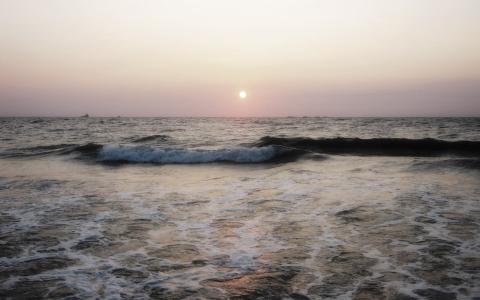
The Raichur Conference
Panje Mangesha Rao was the president of the Kannada literary conference that was conducted in Raichur. Although a formal invitation from the town of Raichur was received by the Kannada Sahitya Parishad, the members of the Parishad feared that there would be a difference in opinions of the members of the Welcome Committee and they were afraid that it may negatively affect the conference. However, Kurupadu S Gundappa, a high...

In the history of Kannada revival, Panje Mangesha Rao (Maṅgeśarāya in Kannada) must be definitely remembered as an important scholar and a noble person. His zest in literature, his gentle behaviour, and his genuinely friendly nature, makes him unforgettable. Long before I met him, I had heard about him from B M Srikantaiah. Towards Panje, Srikantaiah had deep respect and unwavering pride. Srikantaiah had shown me, with profuse admiration, the...
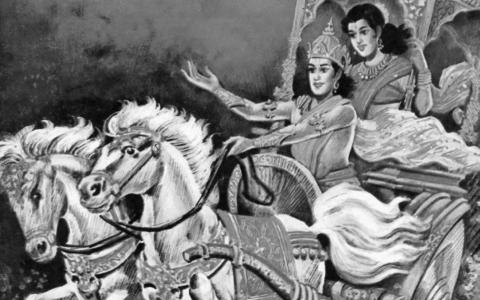
The brāhmaṇas left in search of Naḻa, as per the words of Damayantī. Several days later, a brāhmaṇa named Parṇāda came back and said to Damayantī, “Mother! As per your directions, I set out in the search for the king of Niṣadha, Naḻa, and after traveling for many days, I ended up in the royal court of Ayodhya. I narrated your account there. Neither the king Ṛtuparṇa nor his associates had anything to say about this. However, his charioteer,...
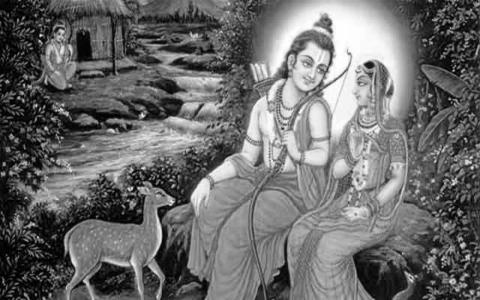
Let us first consider the different categories of heroes (nāyakas). While it is the male that has all the charm in the animal world, it is quite the opposite in the world of humans. The variety of heroes is limited. Nāyakas are usually classified into four kinds – Dhīrodātta (example: Śrīrāma), Dhīroddhata (example: Bhīma), Dhīralalita (example: Udayana) and Dhīraśānta (example: Cārudatta of Mṛcchakaṭikam). These categories have their associated...
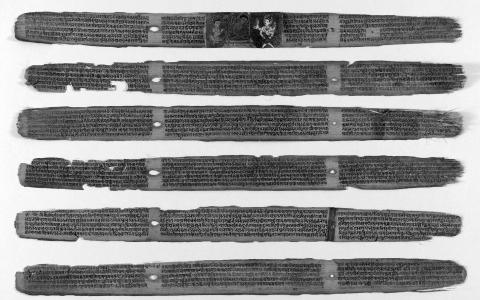
Whenever I recall the name of S G Narasimhacharya, I’m also reminded of Mandayam Aji Ramanuja Iyengar. SGN (S G Narasimhacharya), RN (R Narasimhacharya), and MAR (M A Ramanuja Iyengar) – these three were a group. The three of them were relatives and they all worked passionately in the area of classical Kannada literature.
Ramanuja Iyengar (1864–1937) served as a teacher in the Wesleyan Mission School, Mysore for a long time. For a short while he...
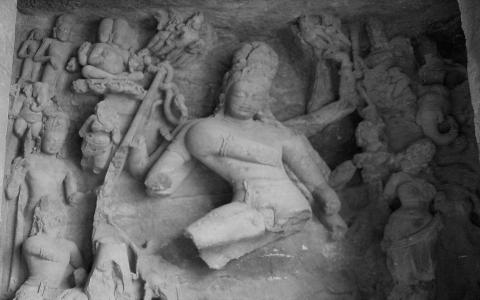
ಅಭಿನವಗುಪ್ತನು ಅಭಿನಯಹಸ್ತಗಳ ವಿನಿಯೋಗವನ್ನು ಕುರಿತಂತೆ ತುಂಬ ವಿಶದವಾಗಿ ವ್ಯಾಖ್ಯಾನವನ್ನು ರಚಿಸಿದ್ದಾನೆ. ಇಲ್ಲಿಯ ವಿವರಗಳು ಯಾರಿಗಾದರೂ ಬೆರಗನ್ನು ತಾರದಿರವು. ಅವನು ಇಷ್ಟಕ್ಕೇ ಸೀಮಿತನಾಗದೆ ಈ ಬಗೆಯ ಹಸ್ತಗಳ ವಿನಿಯೋಗಕ್ಕೆ ಮತ್ತೆಷ್ಟೋ ಎಡೆಗಳನ್ನು ಕಾಣುತ್ತಾನೆ. ಅಂಥ ಒಂದು ಸಂದರ್ಭವು ಚಾರಿಗಳನ್ನು ನಿರ್ವಹಿಸುವಾಗ ಯಾವ ಬಗೆಯಲ್ಲಿ ಹಸ್ತಗಳನ್ನು ಹಿಡಿಯುವುದು ಸಮುಚಿತವೆಂದು ವಿವೇಚಿಸುವುದರಲ್ಲಿದೆ. ಆ ಪ್ರಕಾರ ಅಭಿನವಗುಪ್ತನು ನಾಟ್ಯದಲ್ಲಿ ಅರ್ಧಚಂದ್ರಹಸ್ತವನ್ನೂ ನೃತ್ತದಲ್ಲಿ “ಪಕ್ಷಪ್ರದ್ಯೋತ” ಮತ್ತು “ಪಕ್ಷವಂಚಿತ”ಗಳನ್ನೂ ಒಳಿತೆಂದು ಸೂಚಿಸುತ್ತಾನೆ...

Then we notice the ascent of the rule of the Nayakas in Tamil Nadu. This royal branch was a part of the Vijayanagara Empire itself. After the Cholas, the Pandyas came into prominence. After that, political power was assimiliated into the overarching Vijayanagara kingdom.
The Nayakas who ruled Gingee, Thanjavur, and Madurai were feudatory kings who paid their tributes to the Vijayanagara Emperor. Of these Nayakas, the most prominent was...
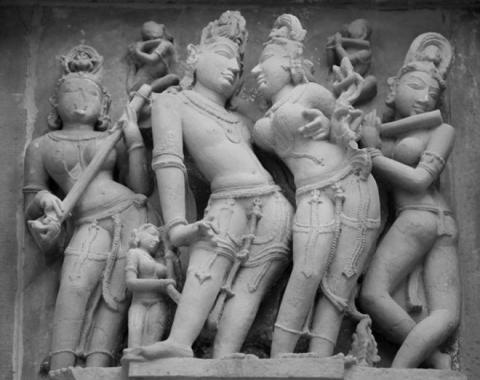
Among the four vṛttis that Bharata describes in his Nāṭyaśāstra (namely, the sāttvikī, kaiśikī, ārabhaṭī and bhāratī), kaiśikī renders itself the best for the portrayal of śṛṅgāra. Kaiśikī is a softer and more graceful mode of expression and is usually associated with curvilinear movements and ornate expressions. This has four limbs, namely narma, narmasphiñja, narmasphoṭa and narmagarbha and many secondary limbs. Bharata, Dhanañjaya, Dhanika...
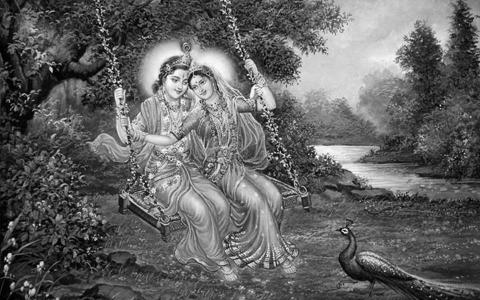
The World of Aesthetics – its Heroes and Heroines
It is a well-known fact, attested by the experience of conscious connoisseurs that Śṛṅgāra (love) is the sweetest and the most enjoyable rasa. (“Śṛṅgāra eva madhuraḥ, paraṃ prahlādano rasaḥ” - says Ānandavardhana). Śṛṅgāra is not merely hailed as the king of rasas, but also as the only Rasa and the only untainted form of impersonal emotion (“Śṛṅgāra eva rasanādrasamāmanāmaḥ” – Bhojarāja). These...
- « first
- ‹ previous
- 1
- 2
- 3
